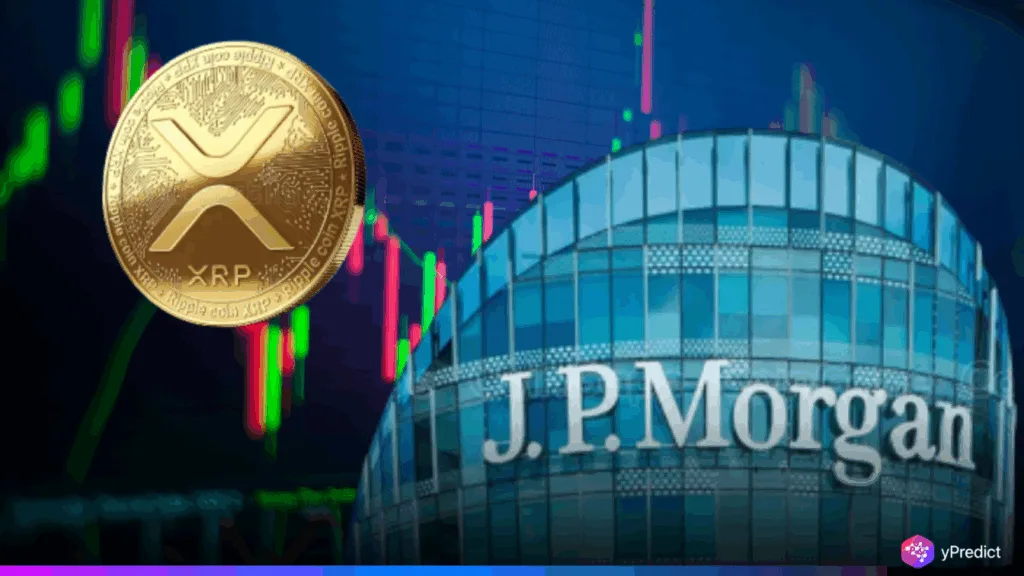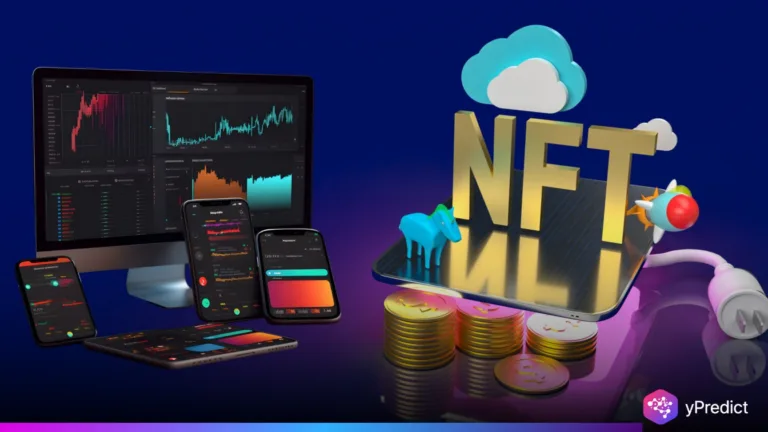
J.P. Morgan has also shown its interest in XRP and estimated its potential investment at between 4 billion and $8 billion in exchange-traded products (ETPs). This is akin to the fact that XRP comes in handy with regard to quick and cheap cross-border payments. Ripple has a wide network of collaboration with financial institutions, which contributes to its institutional credibility. Analysts predict that changes in regulations and the approval of the first spot ETF involving XRP in 2025 may expedite the adoption. Experts mainly assess the prospects as healthy, even though they identified that there is volatility.
Institutional Demand and J.P. Morgan’s Investment Projections
According to recent research done by J.P. Morgan, the first-year inflows of ETPs into XRP may bring it between four and eight billion dollars, a sign suggesting a turn in institutional moods. Such expectations can be modelled on the robust performance of Bitcoin and Ethereum ETFs that experienced inflows to the tune of 108 billion and 12 billion, respectively. The low market cap of XRP creates a high-growth potential in the form of institutions that want to get in on the ground floor exposure to alternative assets with an intrinsic value of utility.
This analysis made by the bank also suggests a potential increase in the market cap of XRP to be worth 150 billion with an institutional inflow rate of 3%, like the situation of Ethereum after the launch of the ETFs. Regardless of the risk of volatility associated with XRP, J.P. Morgan observes that the growing institutional interest, particularly after the recent approval of an ETF in April of 2025, could address it in the long term.
Such interest from a large financial company proves the legitimacy of XRP as something more than a speculative asset. It creates a notion that there is an emerging agreement that digital assets that have the secondary and post-secondary applications, such as the speed, security and low cost in cross-border activity, are increasingly becoming appealing to the institutional investors.
Technological Utility and Strategic Financial Partnerships
The main advantage of XRP is that its technology structure allows for the faster processing of almost any transaction in the world in a few seconds at a very low cost. Ripple has a protocol that settles transactions within seconds and has proven to cut the cost of banks transacting trade finance business by as much as 70 percent. This makes XRP more than a mere speculative token.
Ripple has already secured relationships with more than 300 financial bodies all over the world, including commercial and central banks and giants in this field. These associations have been very crucial in the credibility of XRP in institutional finance. A partner can use Ripple On-Demand Liquidity (ODL) service to leverage the use of XRP as a liquidity bridge, minimizing pre-funded nostro accounts and expanding real-time liquidity.
This functionality has made ripples in the minds of financial players in the world. Some banks, even those existing in the scope of the U.S. regulatory framework, are considering or testing an XRP-based infrastructure. Although they cannot introduce a full-scale alternative to SWIFT shortly, the capability to conduct frictionless payments across borders on a large scale offers a competitive advantage to XRP.
Regulatory Developments and Outlook for Institutional Expansion
Harkening back to the regulatory environment of the 2025 legacy, the regulatory environment is favorable to the institutional trend of XRP. In April, the approval of its first ETF was announced, making it another huge milestone, as it is an official acknowledgement that XRP can be a good investment product. A possible change in leadership at the SEC and new legislation that more crisply defines digital assets could minimize legal uncertainties. The continued litigation against the SEC still looms over the company but looks to be settling as time goes on.






